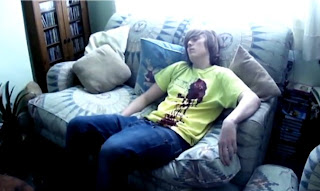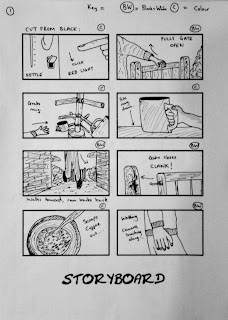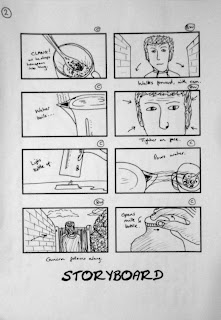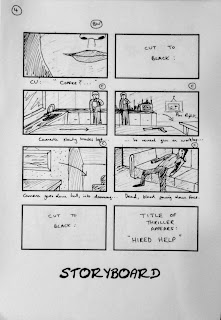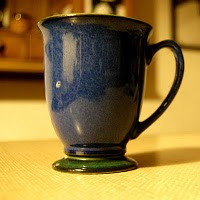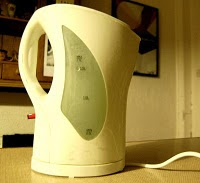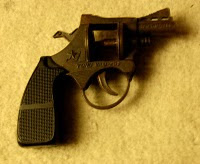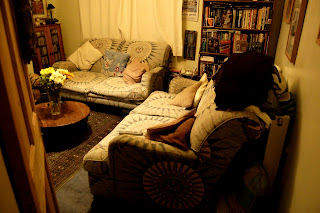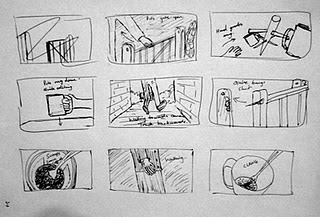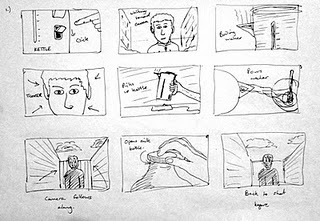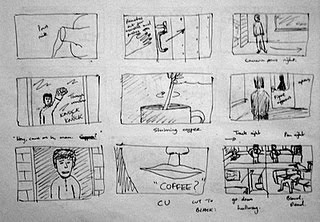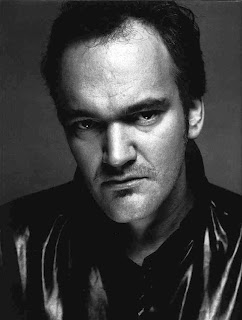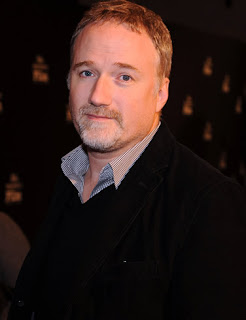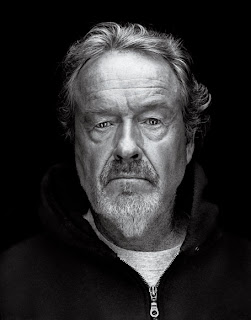• In what ways does your media product use, develop or challenge forms and conventions of real media products?
I think that our thriller is a very conventional thriller, due to the typical roles of the antagonist and protaganist and the fast music and editing. The roles of the antagonist and the protagonist however are ambiguous until the end of the intro, this adds a sense of mystery, which is very conventional of mystery or psychological thrillers.
The editing and music is very fast paced. The editing cross cuts between the two characters constantly, with no shot lengths longer than a second or two. The music is very industrial, with a fast drum beat and underlying menacing feel to it. This is very common in most thrillers, as it builds up tension to thrill the audience, and quickens the pace of the movie in general.
We challenged the typical roles of both of the characters by making them both male. This is seen in a lot of thrillers, but typically, especially in more mainstream thrillers, the protaganist tends to be female, as they are stereotypically more vulnerable and weaker than men.
• How does your media product represent particular social groups?
Our thriller represents some moral issues in modern youth. They are obviously just ordinary teenagers, due to the way they speak to each other. For instance "Hey, come on in man, coffee?" isn't a very sophisticated phrase, not that shows a lack of intelligence in the characters, it just represents that they are just common teenagers.
However the fact that one of them quite clearly has psychological problems brings out a range of possible issues concerning the youth of today. One explanation for this could be too much time playing computer games, which is something that has been seen in the news, where a teenager gets easily influenced by violence on the TV or in a computer game. Another could be that he was bullied by the other teen, and is simply acting out on a vendetta. Another explanation that he is just an adolescent experiencing a lot of issues, and his imagination is running wild. The difference between him and other teenagers however is the fact that he has act out his fantasies.
The thriller could be about any of these, if it had been made into a full length feature however, we would have kept the reason behind his mentality hidden, to create a sense of mystery.
• What kind of media institution might distribute your media product and why?
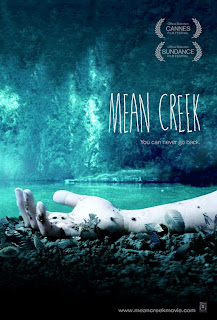

I think that any film institution interested in low budget, indie movies, would be interested, particularly 'Whitewater Films', as they produced such films as the the 2004 feature 'Mean Creek', directed by Jacob Aaron Estes. An indie film that is not very heard of, and deals with the aspects of bullying and revenge, as well as the consequences. It might even attract the attention of such companies like 'Paramount', who produced 'Donnie Darko' in 2001, directed and written be Richard Kelly, which also deals with adolescent mentality.
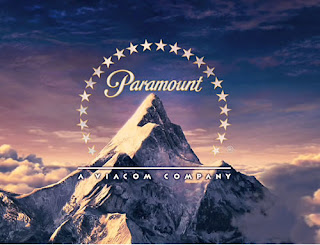

• Who would be the audience for your media product?
There is not a direct audience for this movie, we aimed to make suitable for all, however it would probably mainly attract other teens, as they would find it easier to relate to.
I think the audience for the film would also be the sort of people who watch less mainstream films, as it deals with very controversial subject matters, so anyone from teenagers to middle aged people. I don't think that it would attract the attention of elderly people particularly, as they would probably find it harder to relate to modern life.
• How did you attract/address your audience?
To make attractable to youths we decided to locate the film in a surburban, terrace house, which any english, middle class teenaged could relate to. Also the fact that both of the main characters are youths themselves, makes them attractable to our main target audience, as other teenagers can easily relate to their actions and thoughts.
• What have you learnt about technologies from the process of constructing this product?
Through the process of making our thriller opening, we picked up a lot of new knoledge on the way. Although we already had good experience in using cameras in filming, and simple editing, which I personally think gave us an advantage, there was a lot of new software we had to use, as we edited the film through the school's software, Adobe Premiere.
We learnt how to insert titles more effectively, instead of simply placing them in the opening or closing credits. We also learnt how to use the sound a lot better, we never really considered it before, however now we had to insert a soundtrack, that we learnt how to do. Also, with the sound, we learnt how to edit the volume, for instance, we were able to make the non diegetic sound quieter when one of the characters was speaking, and then how to make build up towards the end and get louder.
• Looking back at your preliminary task, what do you feel you have learnt in the progression from it to the full product?
We thought out the shots a lot better for one, for example, during the speech in our thriller, we had the camera on the character speaking, whereas before we didn't. The shots were a lot more fluent in our thriller; it was easier to follow the plot than the preliminary task, apart from the aspects of the thriller we wanted to be vaguer, which was purposefully done.
I think, one important aspect of film making we learnt from making our preliminary task, was the importance of using a tripod. Our preliminary task was quite shaky in a lot of the shots, whereas our thriller was a lot sturdier.
We also improved our time management with the thriller, we filmed it way before the deadline so we had more time to edit it, and find out if there was anything that needed re shooting, which made the whole experience a lot more relaxed. We also planned what we needed for the film, and the locations, before shooting. Although before, in the preliminary task, everything was a lot more rushed.


